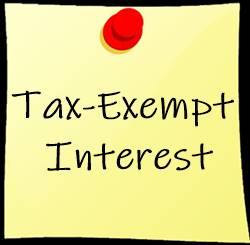
Table of Contents
Earnings Before Interest, Taxes, Depreciation, and Amortization (EBITDA)
What is Earnings Before Interest, Taxes, Depreciation, and Amortization?
Earnings Before Interest, Taxes, Depreciation and Amortization (EBITDA), is a metric to measure the overall Financial Performance of a company. Generally, this one is used in the form of an alternative to the net Income in certain situations.

However, EBITDA can also be misleading as it strips out the Capital investment’s cost, such as equipment, plant, property, and more. Not just that, but this metric also removes the expenditure linked to debt by adding the taxes and interest expense back to earnings.
Nevertheless, it is still considered as a precise measure of corporate performance as it helps to show earnings before deducting the finances. In simple words, the EBITDA meaning can be defined as a profitability measure.
While the companies are under no legal Obligation to reveal their EBITDA, it can still be worked out by using the information available in the company’s financial statement.
EBITDA Formula
With data available on the Balance Sheet and income statement of a company, EBITDA can easily be calculated. The EBITDA formula is:
EBITDA = Net Income + Interest + Taxes + Depreciation + Amortization
EBITDA = Operating Profit + Depreciation Expense + Amortization Expense
How to Use EBITDA?
EBITDA can be used to assess and compare profitability among industries and companies as it eradicates the impact of capital and financing expenditure. Often, EBITDA is used in valuation ratios and can easily be compared to revenue and Enterprise Value.
Income taxes are added back to the net income, which doesn’t increase the EBITDA always, if the company carries net loss. Generally, companies tend to highlight EBITDA performance when they don’t have a positive net income.
Also, companies use amortization and depreciation accounts to expense the cost of capital investments, equipment, plants, and property. Often, amortization is used to fund the cost of intellectual property or software development.
This turns out to be one of the reasons why early-stage research and technology companies feature EBITDA while communicating with analysts and investors.
EBITDA Example
Let’s take an EBITDA example here. Suppose a retail company is generating Rs. 10 million revenue and has Rs. 40 million expense as production cost and Rs. 20 million as the operating expenditure. Its depreciation and amortization expenditure are Rs. 10 million, helping the company make a profit of Rs. 30 million.
Talk to our investment specialist
Interest expense is Rs. 5 million, which equalizes the earnings before Rs. 25 million of taxes. With a 20% rate of tax, the net income will be equal to Rs. 20 million after Rs. 5 million have been deducted from pre-tax income.
In case the depreciation, amortization, and taxes got added back to the net income, the EBITDA will be Rs. 40 million.
All efforts have been made to ensure the information provided here is accurate. However, no guarantees are made regarding correctness of data. Please verify with scheme information document before making any investment.












